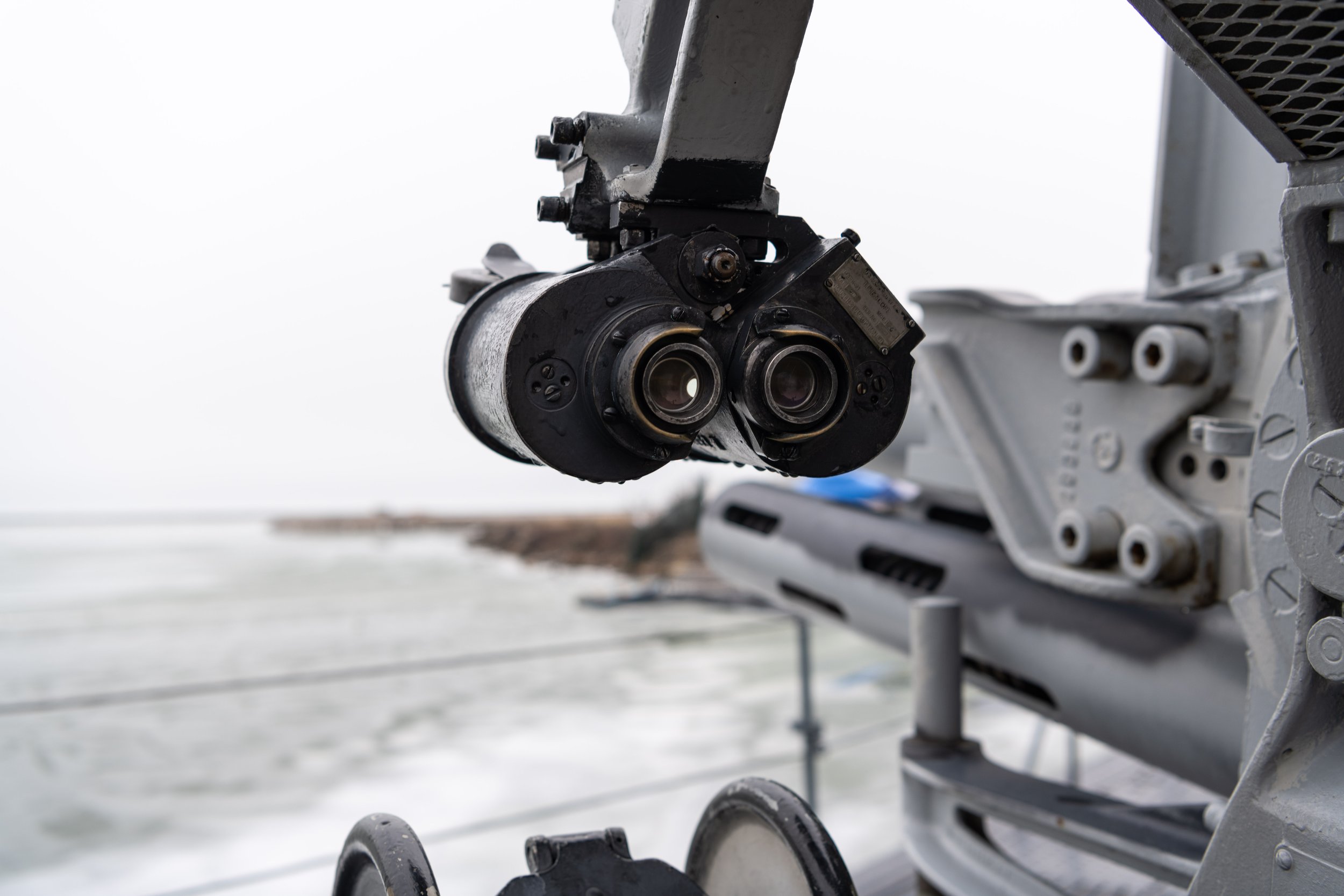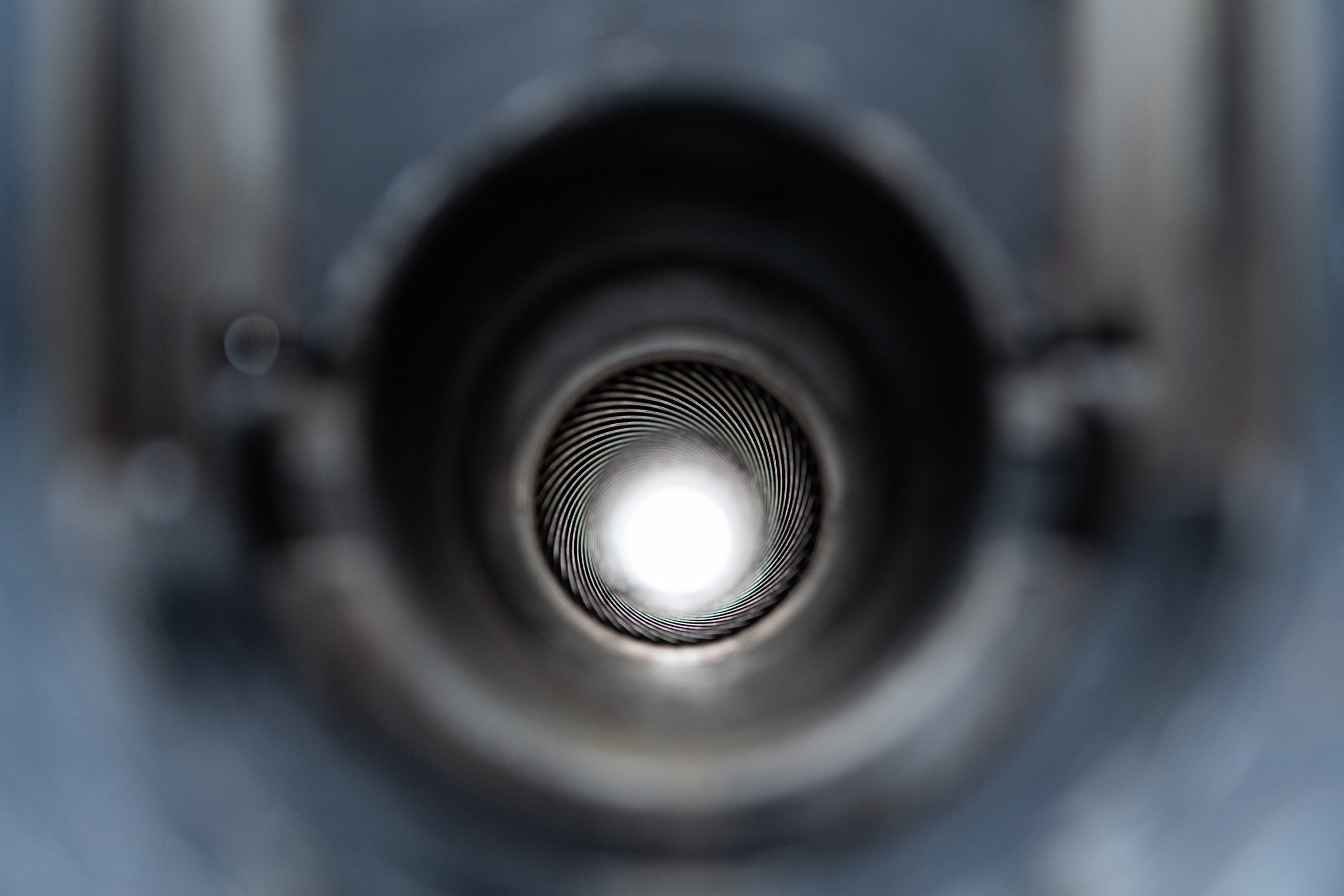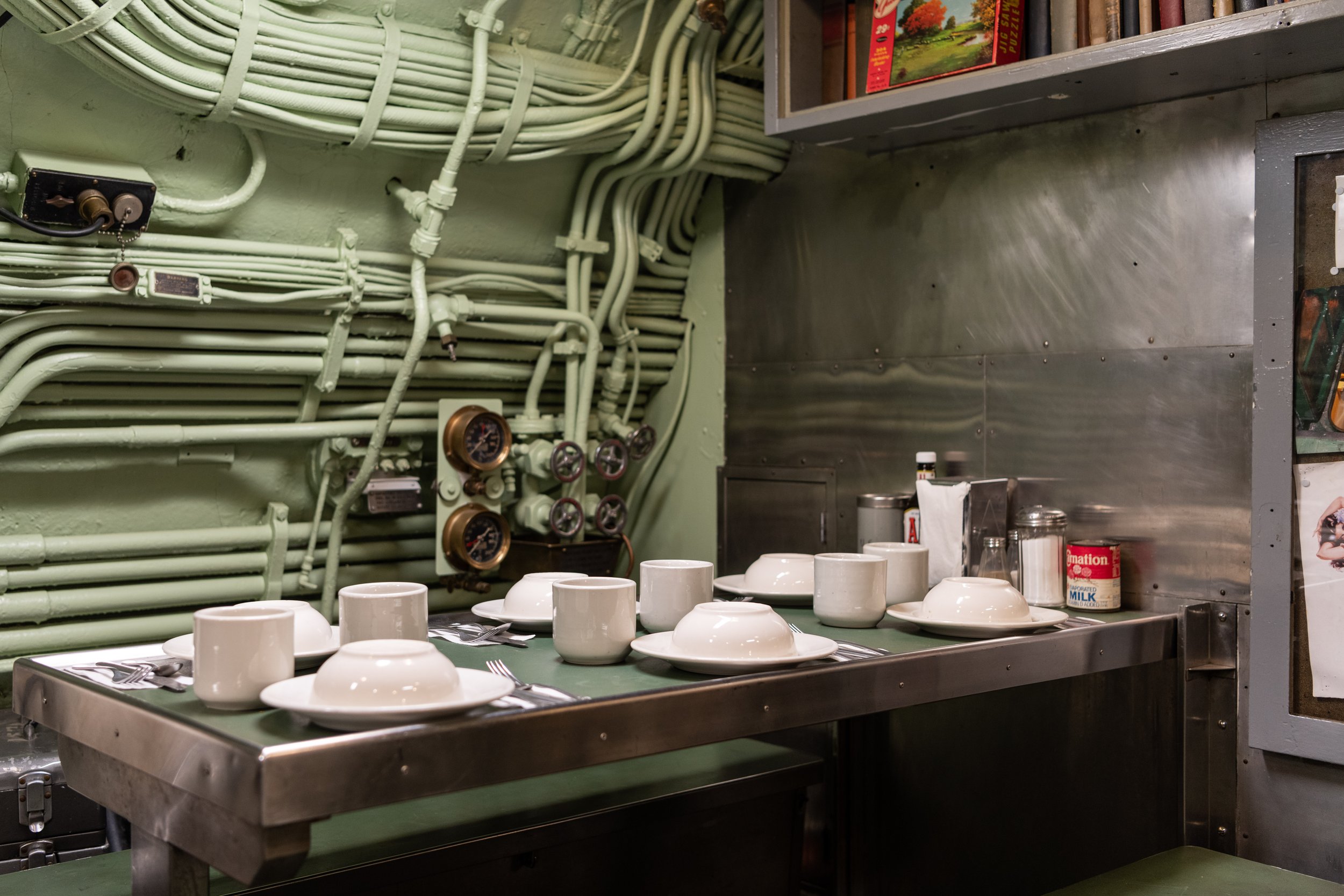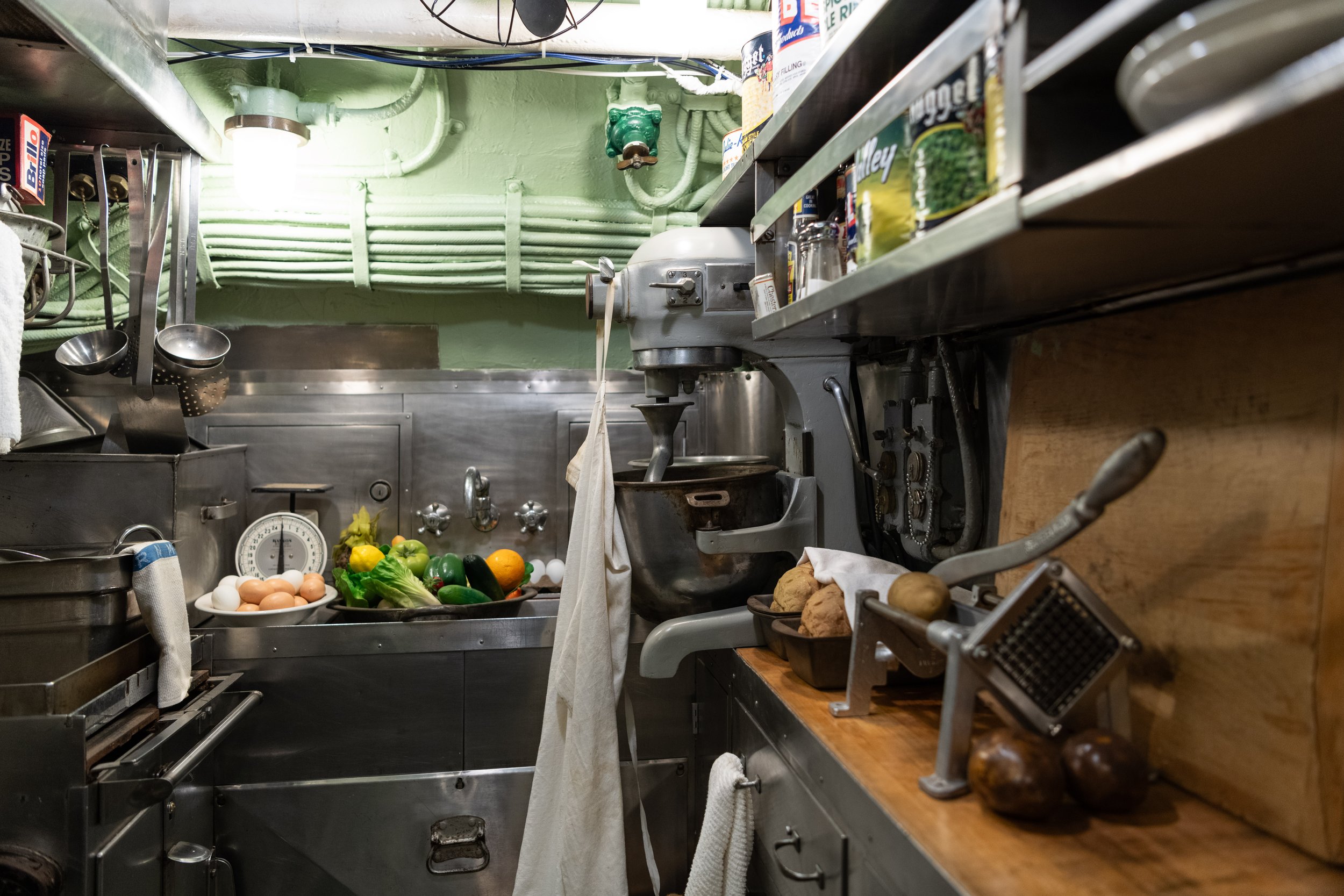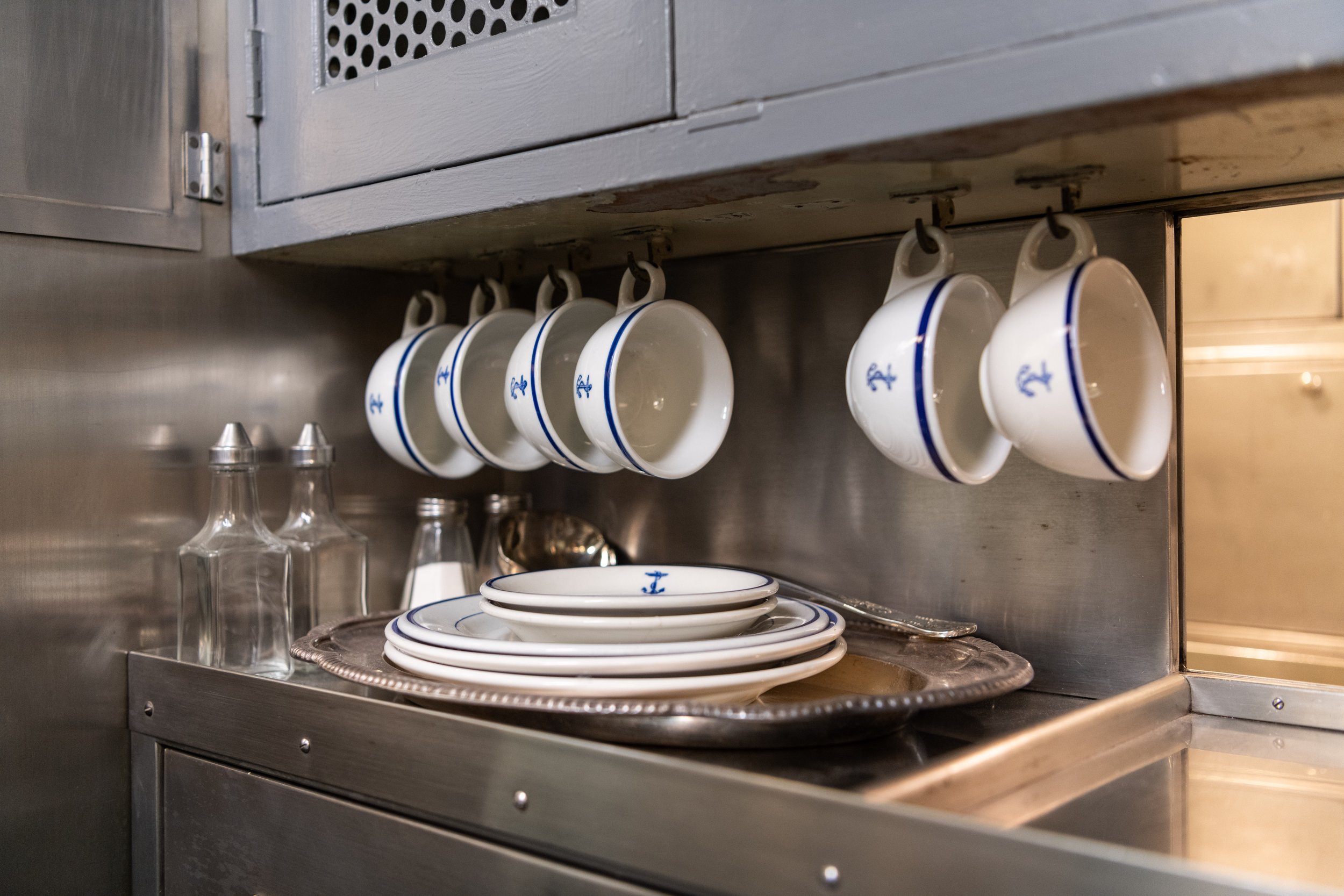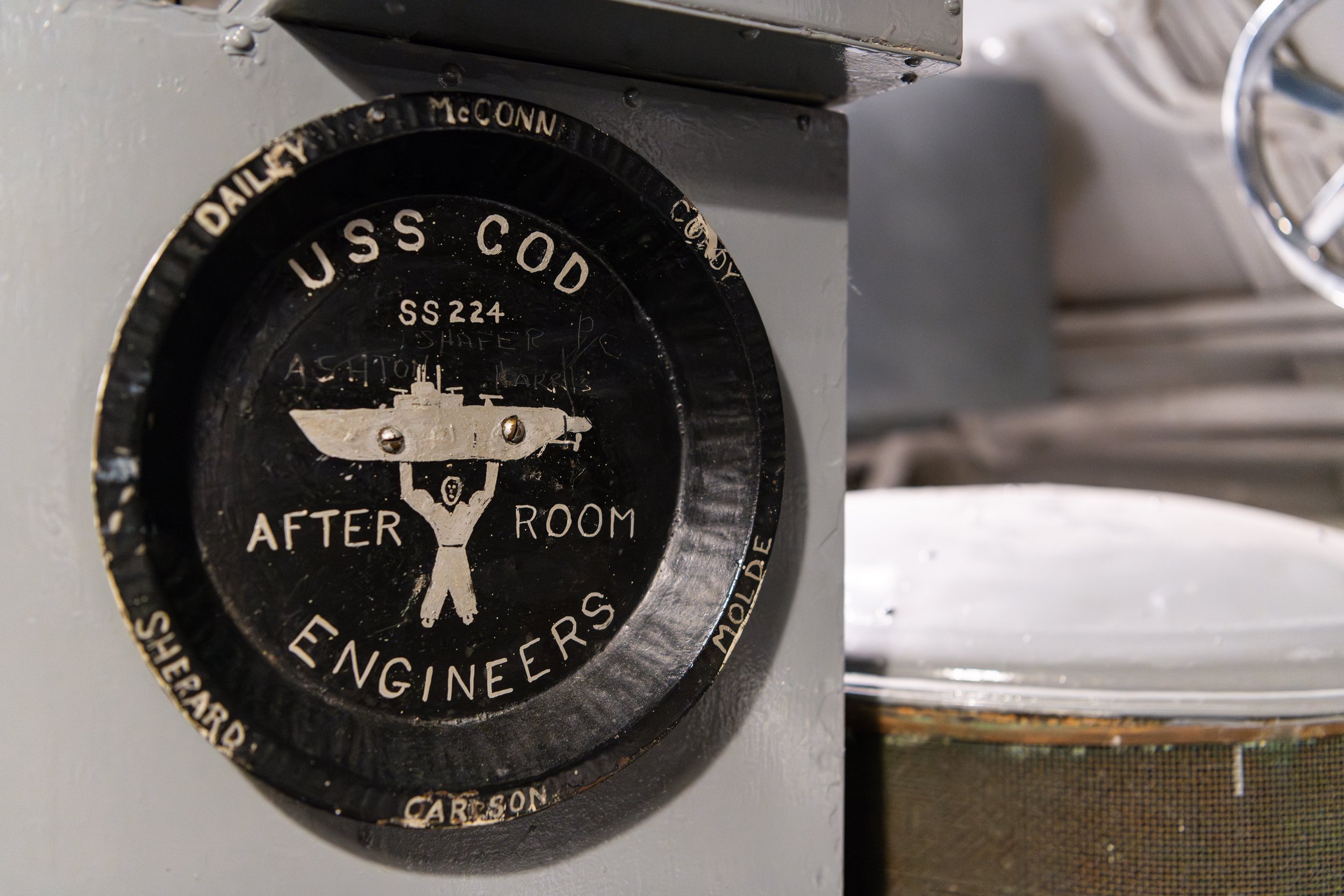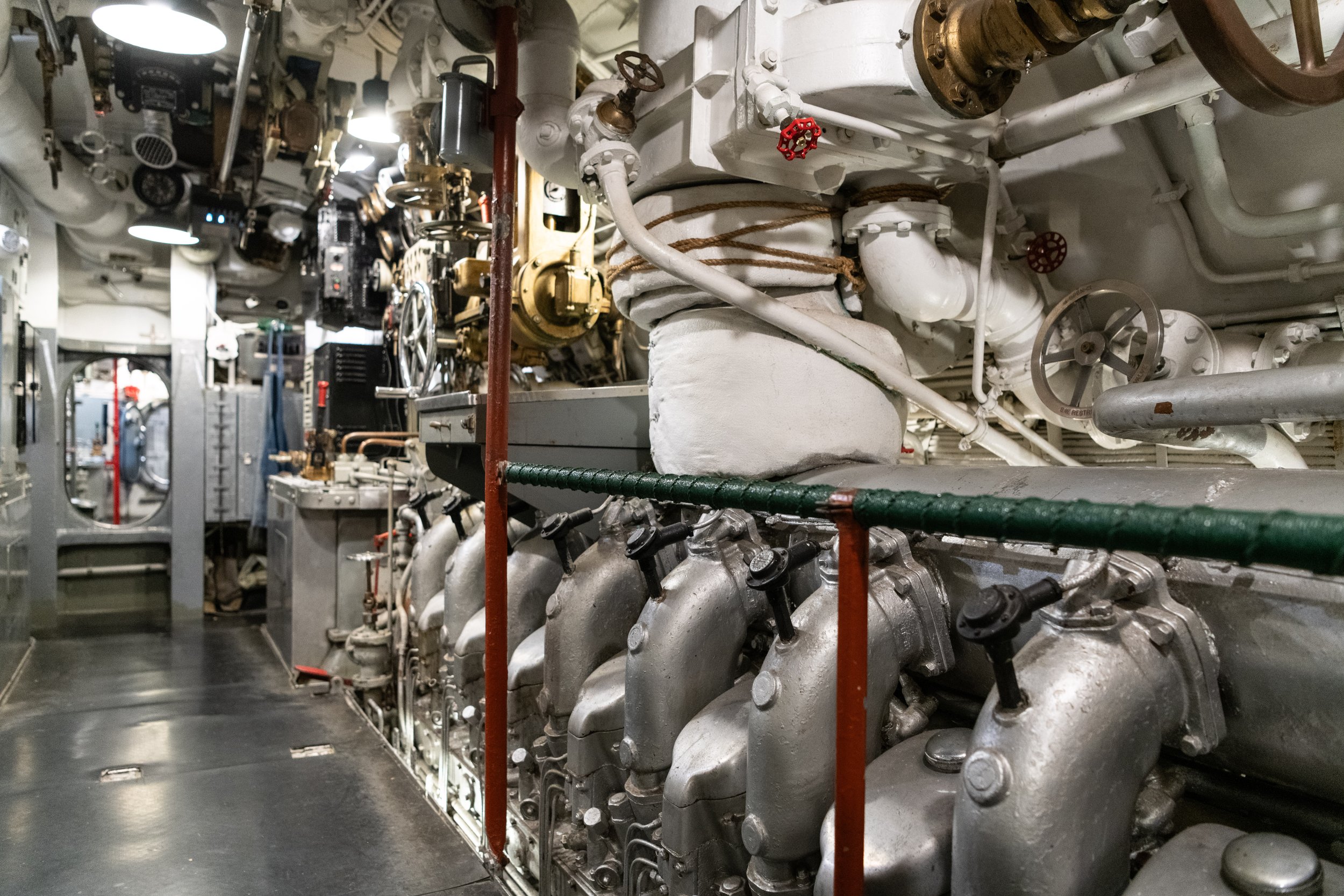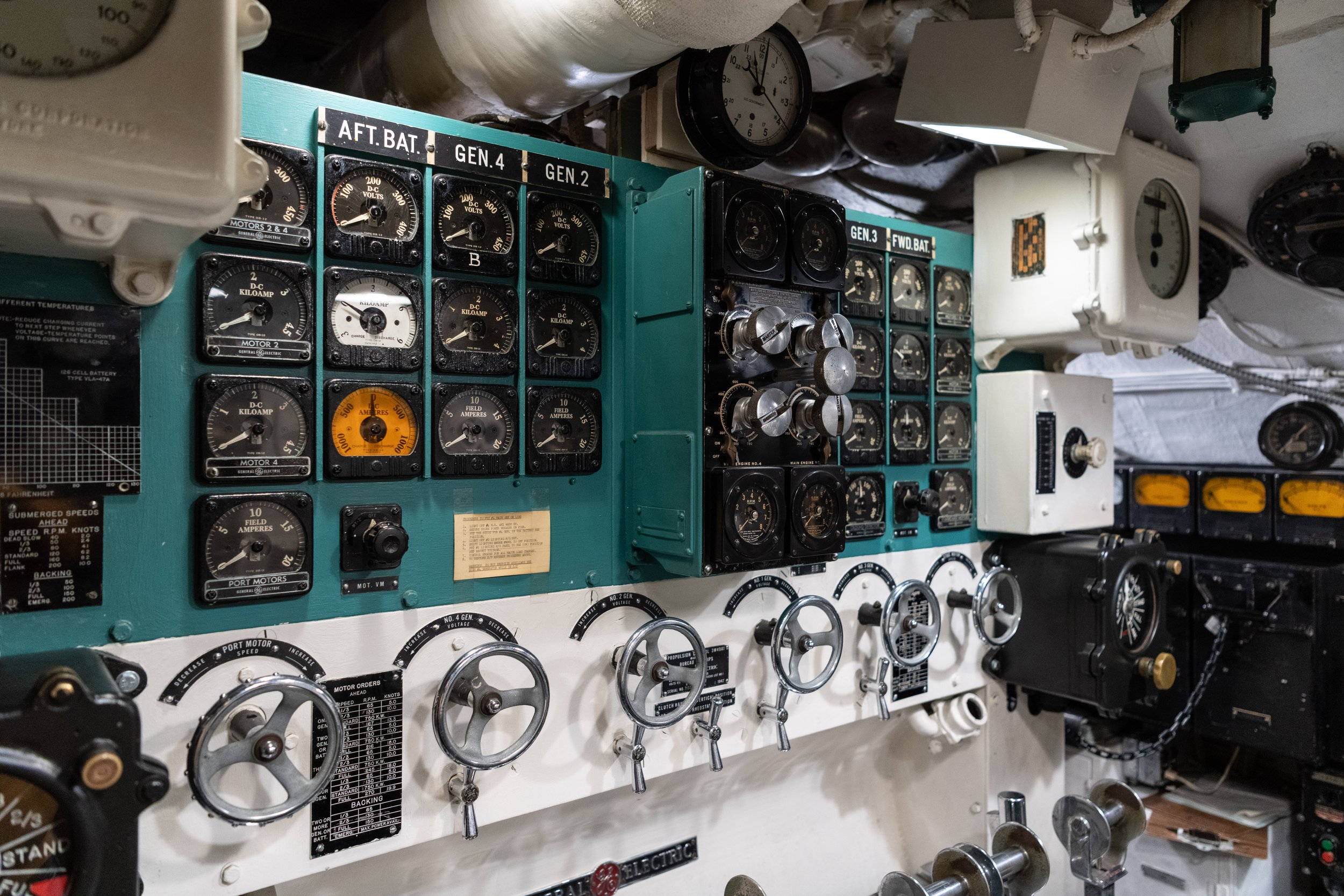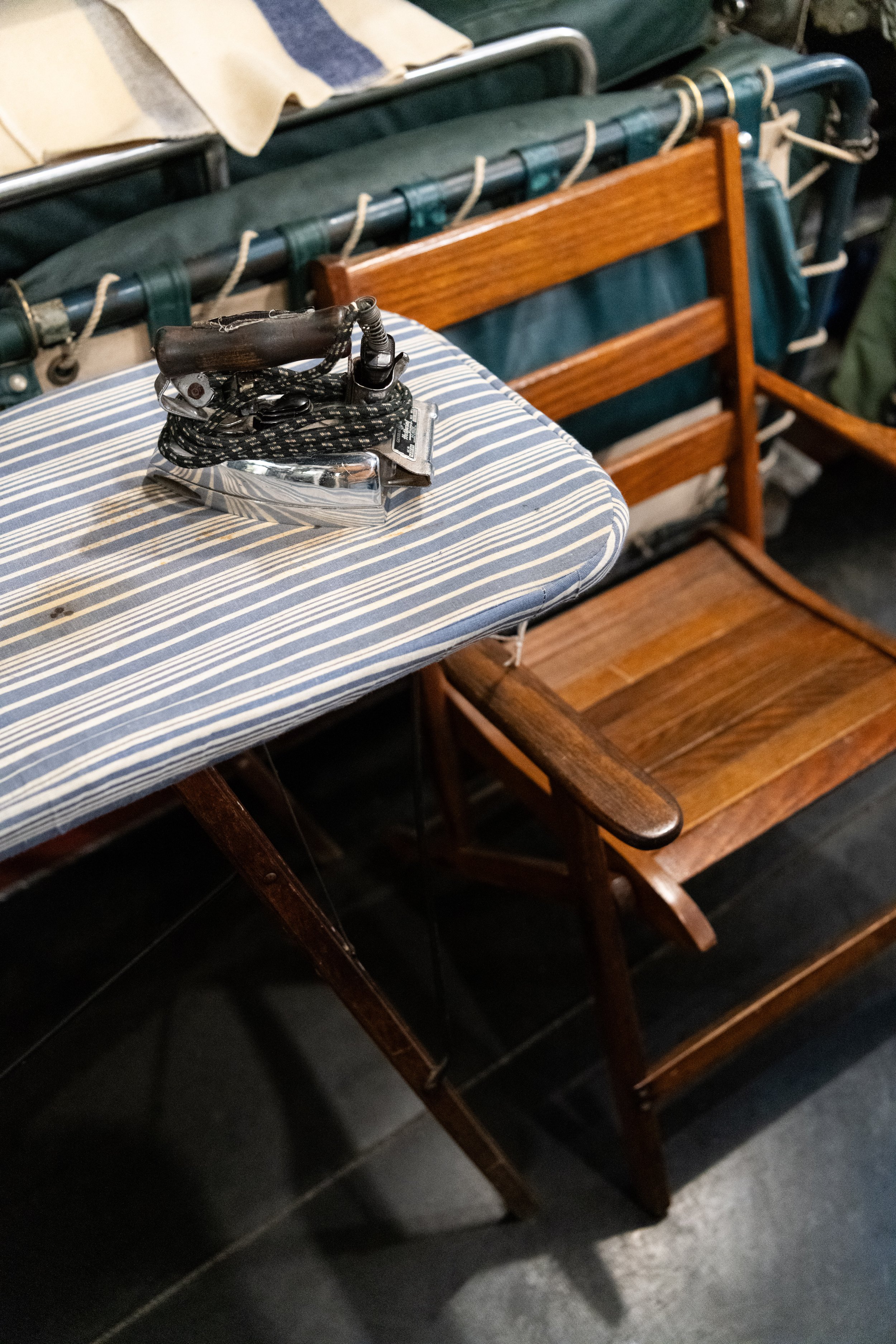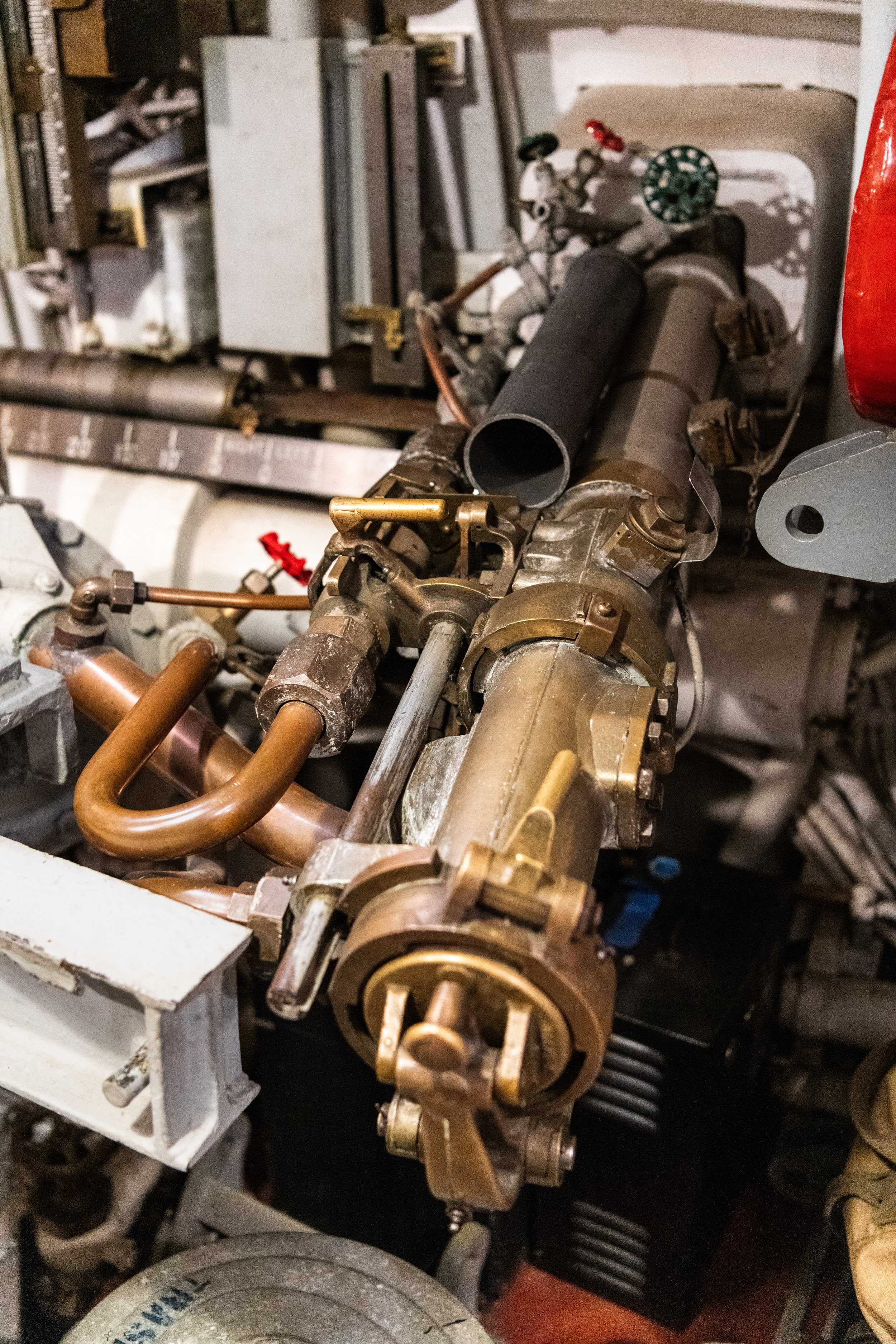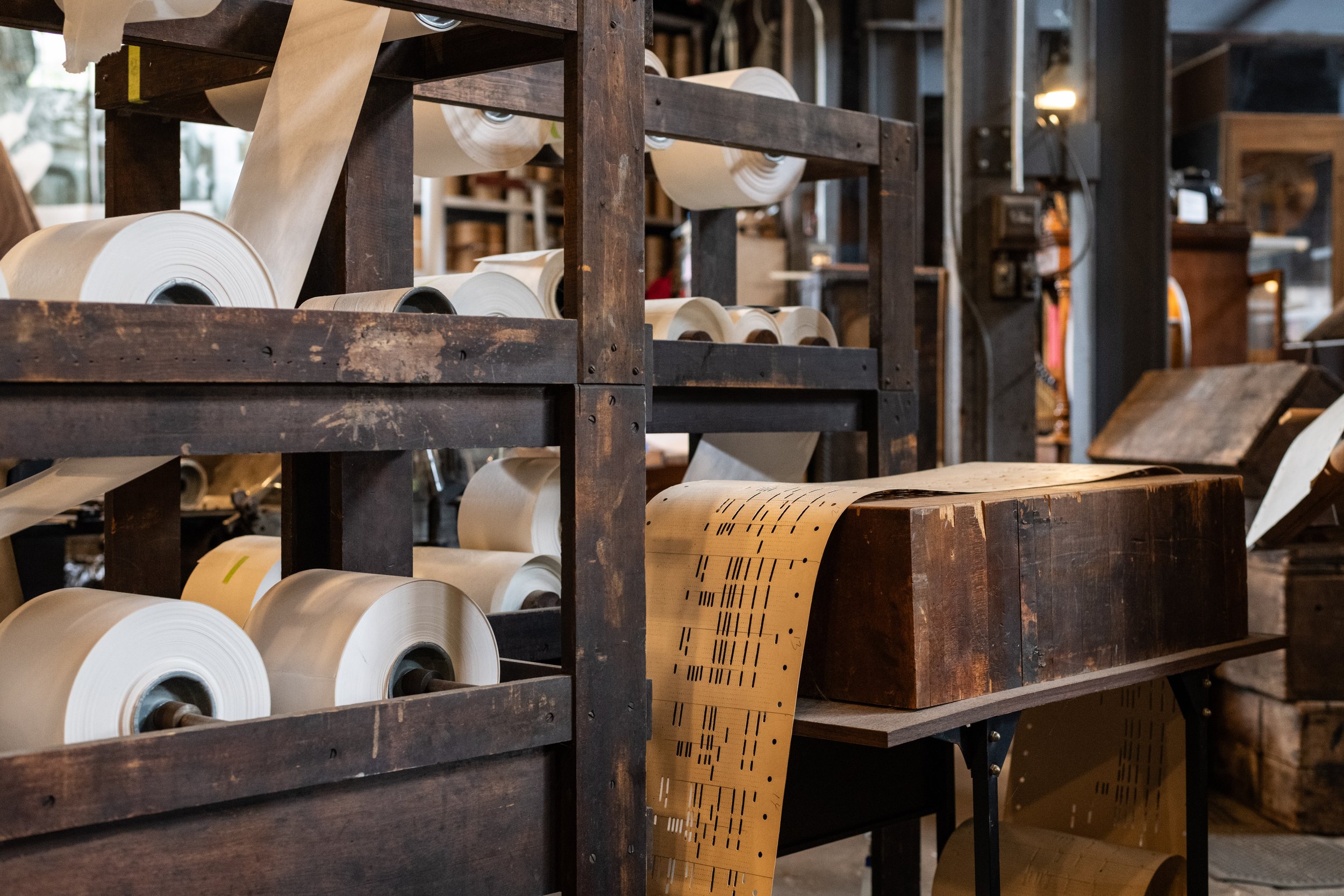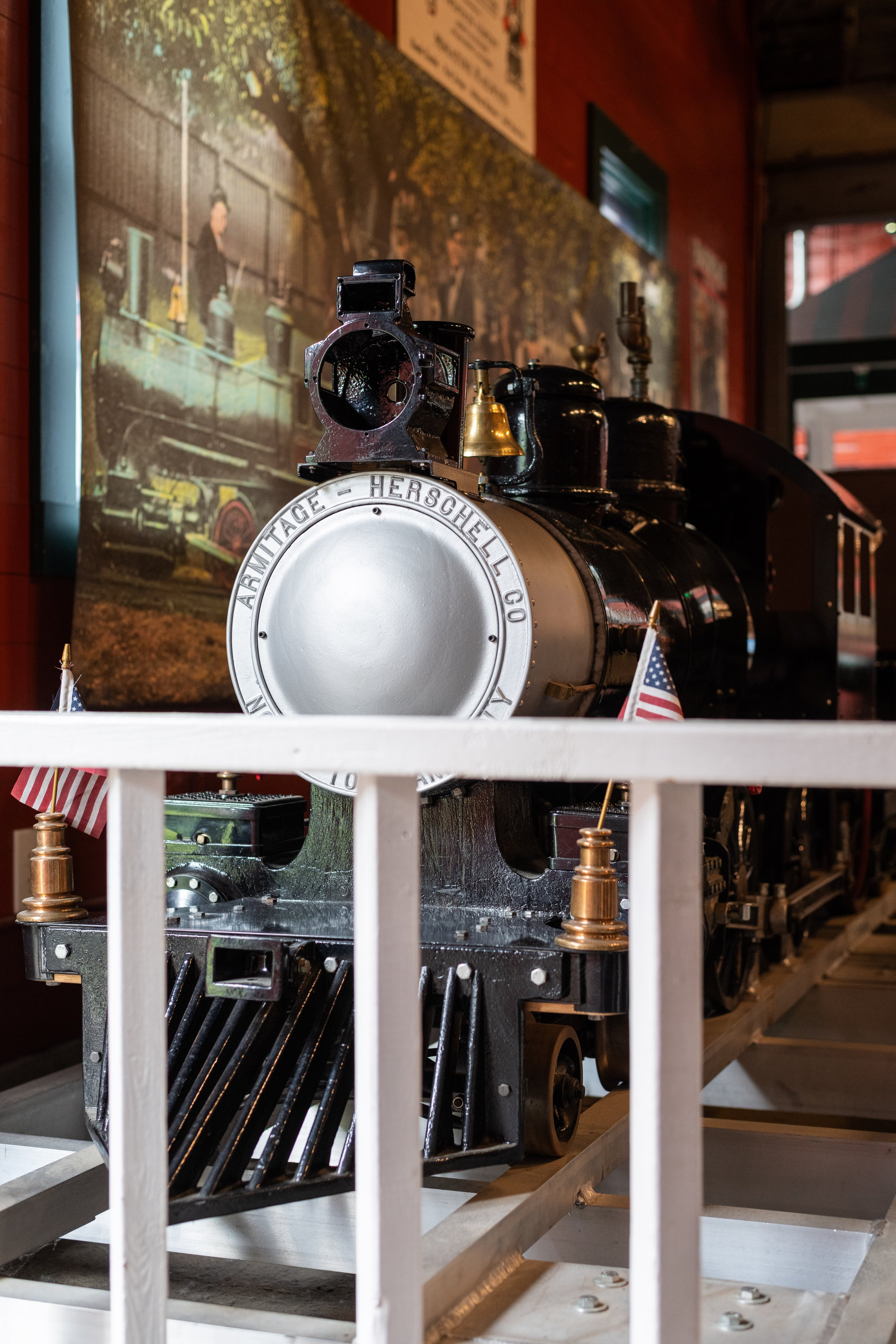Rivers of Steel is another relic of the United States Steel Corporation, a once-bustling Pittsburgh steel mill whose only remains today are the Carrie Blast Furnaces. The site was operational from 1907 to 1978, producing steel from its blast furnaces for use in the integrated steel production operations at the Homestead Works across the river. After the Homestead Works closed for good in 1986, the area was designated a Superfund Site due to heavy metal contamination. Furnaces #6 and #7 were listed on the National Register of Historic Places, saved from demolition, and repurposed into the Rivers of Steel attraction that exists today.
I took an unguided photography tour of the site offered through Rivers of Steel, which allows you to wander around the ruins and take pictures wherever you want (certain clearly-marked areas excluded). I brought my Nikon F6 with battery grip and a few rolls of Tri-X 400. I pushed the film to ISO 1600 and developed using Ilford DD-X to keep my shutter speed fast enough for handheld shooting. One thing I noticed while shooting, and especially after developing my film, was that the F6 seemed to back focus in low light about 75% of the time. Maybe I’m just expecting too much from a focusing system that’s the same age as I am, but I was surprised by its inaccuracy. I also tried shooting with my 24mm and 45mm PC-E lenses, but I struggled to manually focus them. I still missed focus on about 25% of the shots I took, even with a magnifying eyepiece. I probably just need more practice. The F6 can’t control electronic aperture lenses like my 19mm PC-E, so only the older 24mm, 45mm, and 85mm PC-E lenses with aperture rings can be used with the camera.
I ended up spending an irresponsible amount of money on eBay for a Type B focusing screen from Japan, which adds a split prism to the F6. Since visiting Rivers of Steel, I haven’t noticed any significant discrepancies in focus between the CAM-2000 AF system and the split prism, but I also haven’t shot in such challenging conditions. While I trust the AF system, the split-prism provides some extra peace of mind that I’m really nailing the focus.
I enjoy shooting locations like Rivers of Steel because there’s a lot to see in a concentrated space. I can walk around and constantly stumble over good compositions, interesting lighting, and unique subjects.
One thing I’ve been trying to improve on is my metering skills. The F6 has an amazing meter in it, just like my trusty D850. Ninety percent of the time, Matrix Metering nails the exposure. However, there are certain situations where an 18% gray exposure just isn’t right for a scene, and as the photographer, you need to recognize when spot metering or exposure compensation is necessary. As resistant as I’ve been to mirrorless cameras (my career involves staring at a screen all day anyway), my z50 has really helped me recognize the immediate need for exposure compensation in certain situations.
Even with ISO 1600 film, I struggled to get a fast enough shutter speed to completely avoid camera shake. These pictures are the best of the bunch between the shaky shots and missed focus. I mainly shot in manual mode and deliberately underexposed many shots since the matrix and center-weighted metering didn’t account for the dark environment.
Author’s Note: You might’ve noticed that I took a break from releasing new articles and blog posts for a few months. It’s been a busy year between traveling to Prague, getting married, and a difficult summer at work. I should be back to our regularly scheduled programming of in-depth projects and bi-monthly blog posts soon. Thanks for sticking around!




























